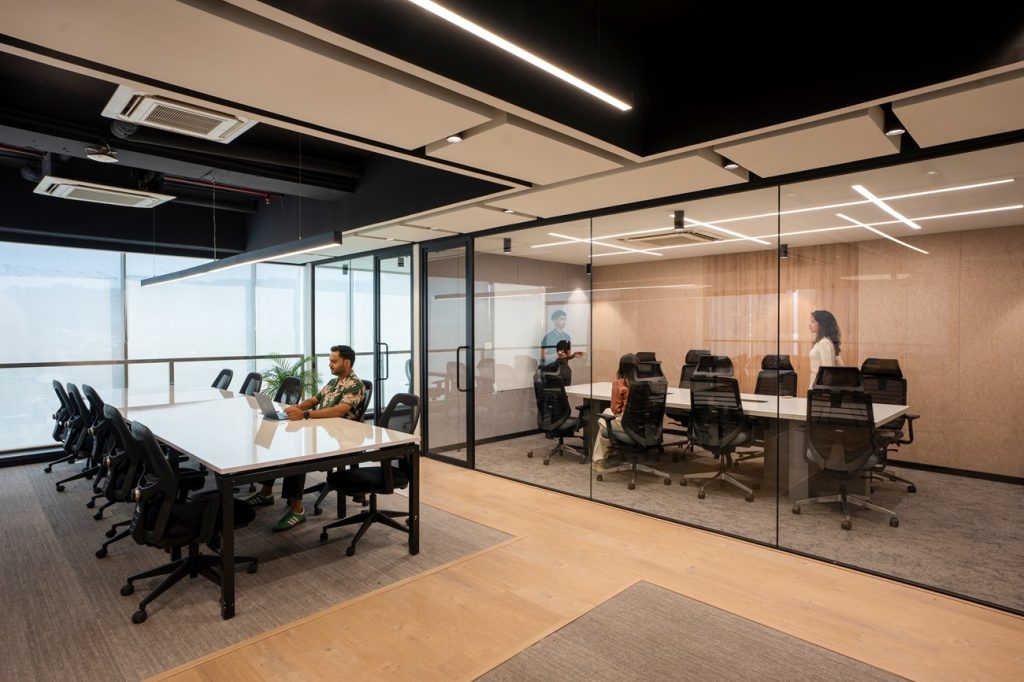Creating a welcoming and practical work environment involves coordinating the design with the organisation’s core values and culture. Ignoring the connection between office design and workplace culture is common, but this relationship is crucial in determining the general environment and employee experience.
This article examines the importance of this relationship and demonstrates how a company’s values can be better reflected and enhanced through well-thought-out workplace design.
The Power of Workplace Culture
Workplace culture includes the shared beliefs, convictions, and actions that define the workplace. A robust and encouraging work environment enhances staff engagement, contentment, and productivity. In addition to drawing in talent with similar goals, it serves as the team’s glue. However, culture isn’t limited to how staff members interact with one another; it’s also intricately linked to the physical space they occupy.
Reflecting Values Through Design
Every company has a set of values that guide its mission and vision. These values can range from innovation and collaboration to transparency and sustainability. A well-designed office space can be a powerful tool for expressing these values.
How Different Values Can Be Reflected in Office Design:
- Innovation: Open and flexible spaces encourage brainstorming and creative thinking. Incorporating breakout areas, whiteboards, and innovation hubs can inspire employees to think outside the box.
- Collaboration: Open-plan offices, collaborative workstations, and communal areas promote interaction and the exchange of ideas.
- Transparency: Glass walls, open cubicles, and transparent conference rooms can visually convey an organisation’s commitment to openness.
- Wellness: Ergonomic furniture, natural lighting, and wellness rooms for relaxation and meditation support employee well-being.
- Sustainability: Energy-efficient lighting, recycled materials, and green spaces help reduce environmental impact.
- Diversity and Inclusion: Accessible entrances, gender-neutral restrooms, and spaces celebrating different cultures promote inclusivity.
By aligning modern office design with these values, employees can feel a stronger connection to the company’s mission, enhancing their job satisfaction and commitment.
The Flexible Work Culture
The rise of remote and hybrid work models has led companies to rethink office spaces. The modern office interiors is no longer just a place for work—it’s a space to connect, collaborate, and engage with colleagues.
To accommodate this shift, high-quality office designs should include:
- Quiet zones for focused work
- Huddle rooms for impromptu meetings
- Flexible workstations for hybrid employees
Beyond physical spaces, flexibility in working hours, remote work options, and technology integration ensure that employees remain connected regardless of location.
Creating a Sense of Identity
An office should reflect the company’s brand, history, and mission. Design elements such as:
- Wall art displaying company milestones
- Branding integrated into interiors
- Interactive displays showcasing culture and achievements
These elements foster pride and a sense of belonging among employees.
Inclusivity and Accessibility
A diverse and welcoming workplace starts with an inclusive office design. Offices should be designed to accommodate employees of all abilities, ensuring:
- Accessible entrances and restrooms
- Adjustable workstations
- Cultural representation through art and design
Studio AsA: Crafting Culture-Aligned Workspaces
Studio AsA is renowned for its expertise in crafting culture-aligned workspaces. Whether designing commercial spaces, hotels, or co-working environments, Studio AsA ensures that office interiors reflect the values and culture of its clients.
By working closely with organisations, Studio AsA creates environments that inspire, engage, and align with workplace culture. A well-designed office space strengthens employee engagement, fosters collaboration, and promotes well-being, all while reflecting the core values of an organisation.
By recognising the profound connection between culture and design, businesses can transform their office spaces into an extension of their identity, ensuring a work environment that is both inspiring and functional.



